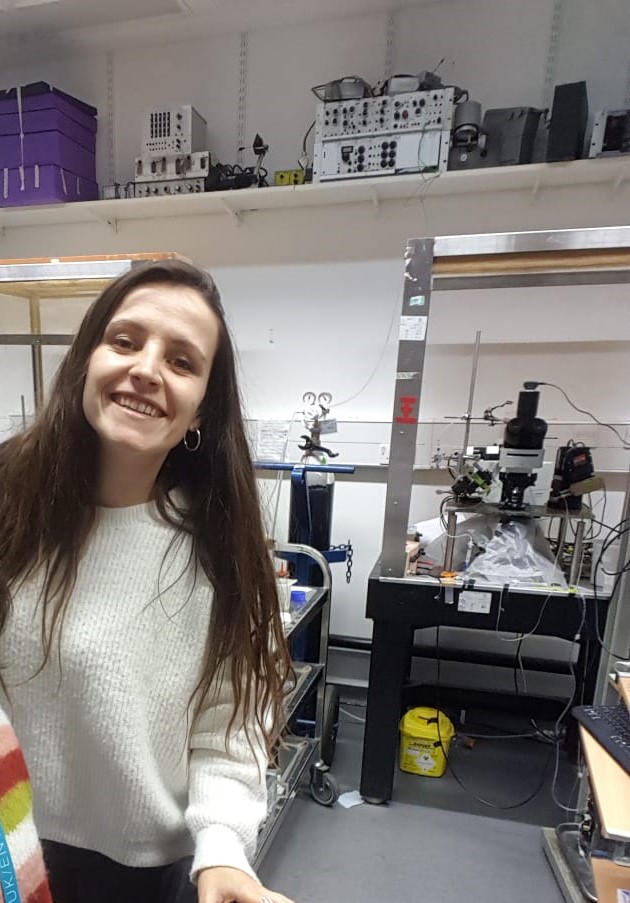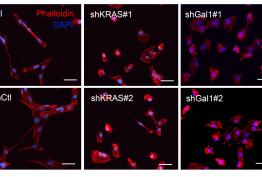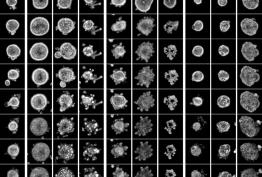María Sancho Alonso, postdoctoral researcher in the Systems Neuropharmacology research group, led by Dr. Analia Bortolozzi, has been awarded a grant to attend the 2025 meeting of the International Society for Serotonin Research (ISSR), to be held from 7 to 11 July in Vienna, Austria.
The selected work is part of the study of the connectivity of the ventromedial prefrontal cortex - serotonergic raphe nuclei network underlying mood disorders in Parkinson's disease (MoodPD).
Parkinson's disease (PD) is the second most common neurodegenerative disorder, affecting approximately 10 million people worldwide (in Spain, this figure is 300,000). It is an age-related neurodegenerative disorder associated with the progressive loss of dopaminergic (DA) neurons and the deposit of abnormal aggregates of the protein α-synuclein. However, it is known that PD begins years or even decades before the appearance of motor symptoms, with non-motor symptoms including neuropsychiatric dysfunctions such as depression and anxiety, disabling symptoms that affect the quality of life of patients suffering from PD. In people with PD, the main cause of depression is believed to be an imbalance in certain neurotransmitters that regulate mood, with serotonin (5-HT) being one of the main candidates.
The cerebral 5-HT system exerts its widespread effects from a group of relatively small nuclei in the brain stem known as the raphe nucleus. Among the different raphe nuclei, the dorsal raphe nucleus is the largest serotonergic nucleus, containing 0.015% of all neurons in the brain (250,000 and 9,000 in the human and mouse brain, respectively). These serotonergic neurons maintain a strong reciprocal connectivity and mutual control with the medial prefrontal cortex, an important region in the regulation of emotions and associated with depression.
The study benefitting from this prestigious grant has focused on investigating the connectivity of the ventromedial prefrontal cortex (vmPFC) - dorsal raphe nucleus (DR) circuit in a female mouse model that overexpresses the mutant A53T form of human alpha-synuclein in serotonergic neurons. Using recordings from individual units and local field potential (LFP) in awake mice performing behavioral activity, combined with sophisticated machine learning analyses, significant changes were found in the activity pattern of pyramidal neurons and GABAergic interneurons (somatostatin and parvalbumin) in the prelimbic and infralimbic cortex following the accumulation of alpha-synuclein in the serotonergic connectome.
Advances in understanding the functional connectivity between the ventromedial prefrontal cortex and the dorsal raphe nucleus may contribute to describing the brain circuits underlying depression in Parkinson's disease.
The International Society for Serotonin Research has reported that a large number of outstanding applications have been received and the selection process was very competitive.
Congratulations María Sancho Alonso!!!!







